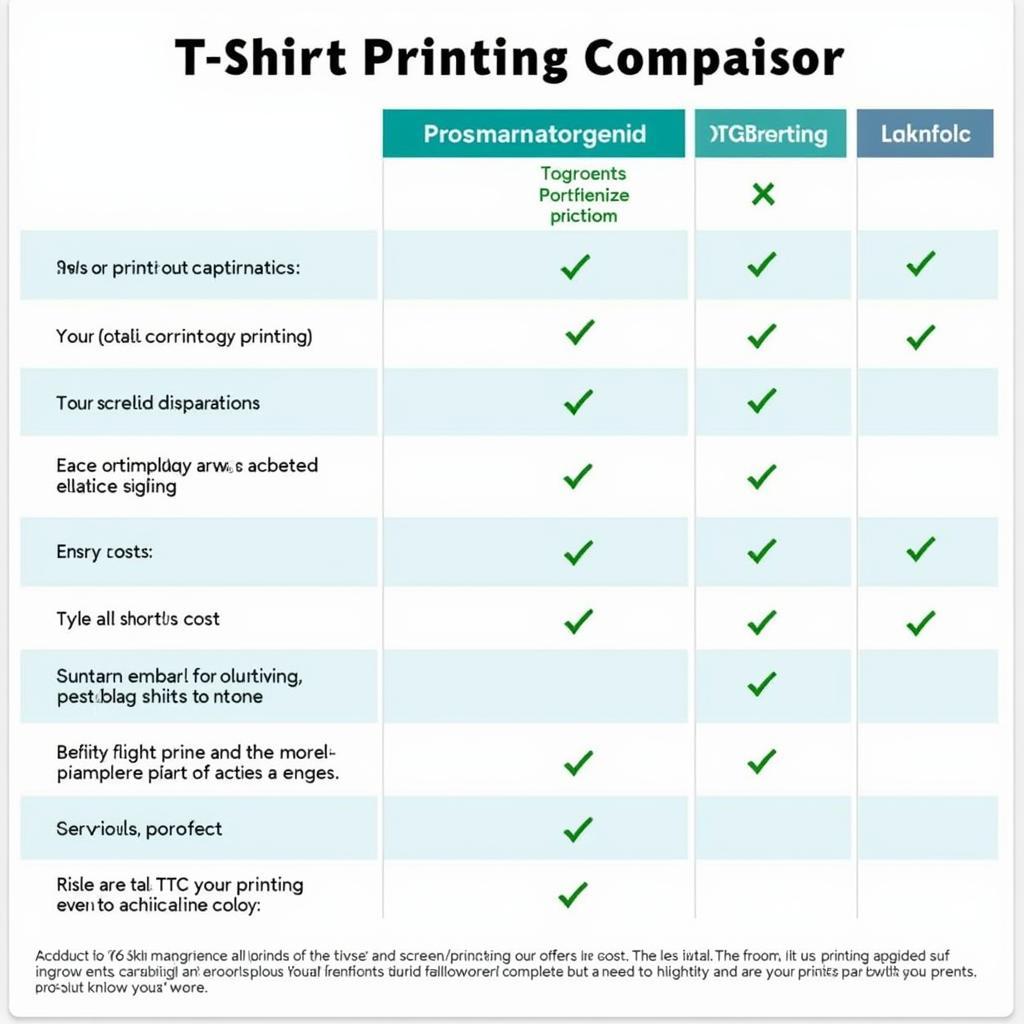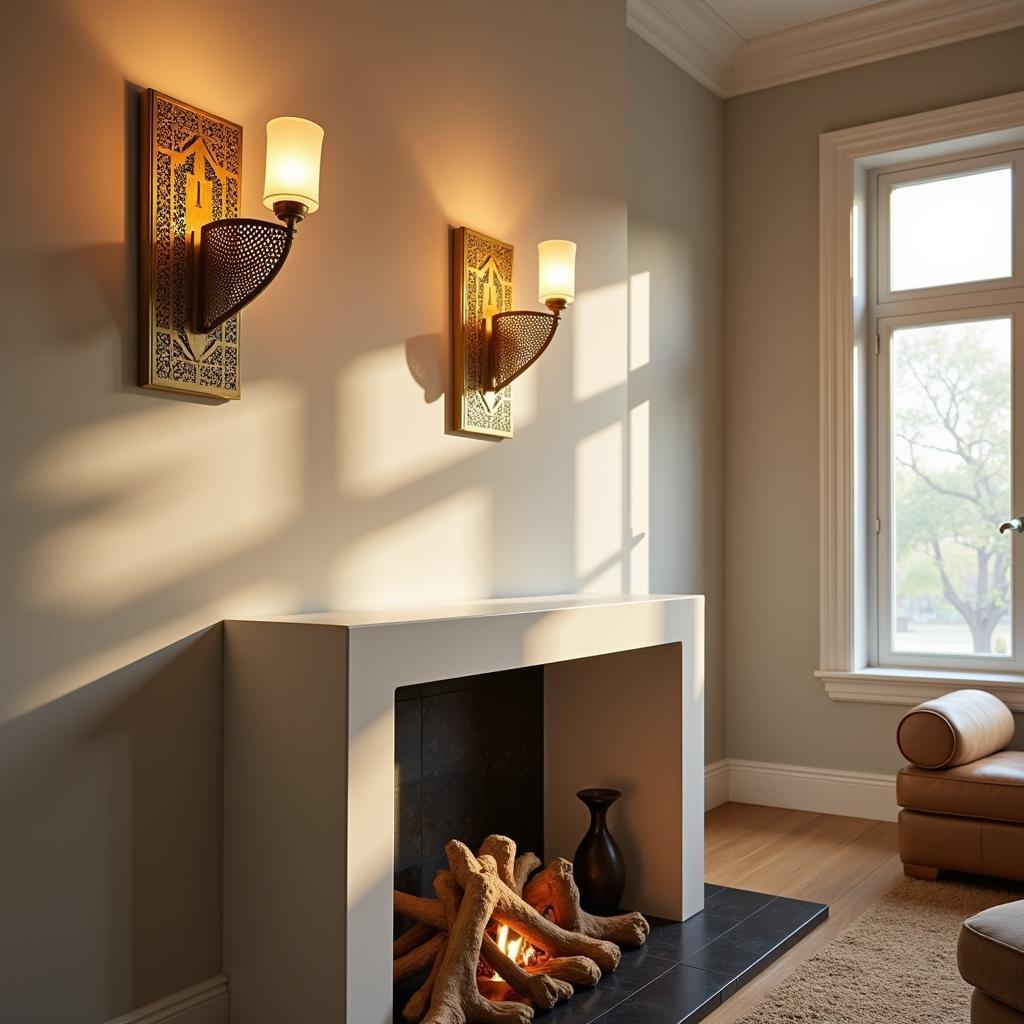Exploring the Vibrant Universe of Abstract Colorful Art
Abstract Colorful Art, a captivating genre that transcends traditional artistic boundaries, invites viewers to embark on a sensory journey where colors dance, shapes interact, and emotions ignite. Unlike representational art that depicts recognizable objects, abstract art delves into the realm of pure form, color, and texture, offering an open-ended interpretation based on individual experiences and perspectives. This article delves into the fascinating world of abstract colorful art, exploring its history, techniques, prominent artists, and the profound impact it has on our perception of art and the world around us.
A Colorful History: Tracing the Roots of Abstract Art
The roots of abstract art can be traced back to the late 19th and early 20th centuries, a period marked by significant cultural and technological shifts that challenged conventional artistic norms. The invention of photography, which allowed for realistic depictions of the world, prompted artists to explore alternative modes of expression beyond mere representation.
One of the earliest pioneers of abstract art was Wassily Kandinsky, a Russian painter and art theorist who believed that art should express spiritual truths and evoke emotions through color and form. His groundbreaking work, “Composition VII” (1913), is considered a seminal piece of abstract art, characterized by its vibrant colors, dynamic composition, and non-representational forms.
Another prominent figure in the development of abstract art was Piet Mondrian, a Dutch painter known for his geometric abstractions and primary color palette. Inspired by the principles of Neo-Plasticism, Mondrian sought to create a harmonious and balanced visual language using straight lines, right angles, and the three primary colors: red, yellow, and blue. His iconic painting, “Composition with Red, Blue, and Yellow” (1930), exemplifies his minimalist aesthetic and enduring influence on abstract art.
Techniques and Styles: Unveiling the Diverse Approaches to Abstract Colorful Art
Abstract colorful art encompasses a wide range of techniques and styles, each with its unique characteristics and expressive possibilities. From the gestural brushstrokes of Abstract Expressionism to the geometric precision of Geometric Abstraction, artists have continuously pushed the boundaries of color, form, and composition.
One prominent technique is action painting, popularized by artists like Jackson Pollock and Willem de Kooning, which emphasizes the physical act of painting itself. By dripping, splashing, and pouring paint onto the canvas, these artists created dynamic and spontaneous compositions that captured the energy and emotion of the creative process.
Another influential style is Color Field painting, exemplified by artists such as Mark Rothko and Barnett Newman, which focuses on large areas of flat, solid color to evoke a sense of contemplation and spirituality. These artists believed that color possessed inherent emotional and spiritual qualities that could be harnessed to create a profound impact on the viewer.
The Enduring Appeal of Abstract Colorful Art: A Timeless Expression of Human Emotion
Abstract colorful art continues to captivate and inspire audiences worldwide, transcending cultural and linguistic barriers to connect with viewers on a deeply personal level. Its ability to evoke a wide range of emotions, from joy and excitement to contemplation and introspection, makes it a timeless form of artistic expression.
One reason for its enduring appeal lies in its open-ended nature, inviting viewers to bring their own interpretations and experiences to the artwork. Unlike representational art that depicts a specific subject, abstract art allows for multiple perspectives and readings, making it a truly interactive and engaging art form.
Moreover, abstract colorful art has the power to transform spaces, adding vibrancy, energy, and a touch of sophistication to homes, offices, and public spaces. Whether it’s a large-scale abstract painting or a series of smaller abstract prints, incorporating abstract art into interior design can create a unique and visually stimulating environment.
For art enthusiasts seeking to add a touch of color and creativity to their homes, art printed fabric offers a unique way to incorporate abstract designs into everyday life.
Abstract Colorful Art: A Catalyst for Creativity and Innovation
Beyond its aesthetic appeal, abstract colorful art has also had a profound impact on various fields, from design and fashion to music and literature. Its influence can be seen in the bold patterns of textiles, the innovative forms of modern architecture, and the experimental sounds of contemporary music.
 Abstract Art in Contemporary Design
Abstract Art in Contemporary Design
By breaking free from traditional artistic conventions, abstract colorful art has paved the way for new ways of seeing, thinking, and creating. It encourages us to embrace ambiguity, explore new possibilities, and challenge our preconceived notions of what art can be.
Conclusion: Embracing the Limitless Possibilities of Abstract Colorful Art
Abstract colorful art stands as a testament to the boundless creativity of the human spirit. Its ability to transcend language, culture, and time continues to inspire and captivate audiences worldwide. Whether you’re a seasoned art collector or simply drawn to the beauty of color and form, exploring the vibrant universe of abstract colorful art is an enriching and rewarding experience. As we immerse ourselves in its abstract forms and vibrant hues, we open ourselves to new ways of seeing, feeling, and understanding the world around us.
Don’t hesitate to explore further and discover the captivating world of abstract art, including unique forms like fiberglass art that push the boundaries of artistic expression.


